 Mayfly Life Stages
Mayfly Life Stages
Entry Type: Thing - Starting with M
 Mayfly Life Stages
Mayfly Life Stages
Mayflies
aka: Ephemeropterans
Maynard Baptist Academy
aka: Abbott Institute
aka: Ouachita Baptist Academy
McCain Mall
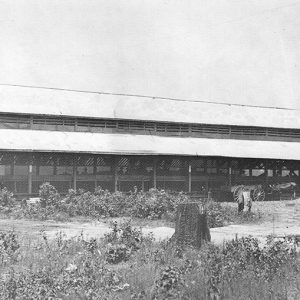 McCaskill Packing Shed
McCaskill Packing Shed
McClellan-Kerr Arkansas River Navigation System (MKARNS)
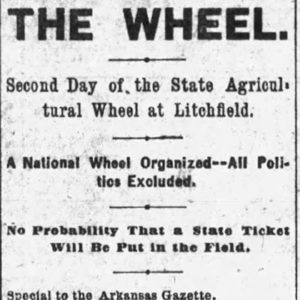 McCracken Article
McCracken Article
McCraw Cemetery
McCrory Waterworks
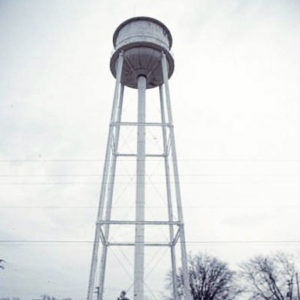 McCrory Water Tower
McCrory Water Tower
 McDermott Marker
McDermott Marker
 Clara McDiarmid Gravesite
Clara McDiarmid Gravesite
McDonald-Wait-Newton House
aka: Packet House
aka: 1836 Club
 "Halls Kindergarten Wilmar Circle" by Tom McDonald
"Halls Kindergarten Wilmar Circle" by Tom McDonald
 "Robin Hubbard" by Tom McDonald
"Robin Hubbard" by Tom McDonald
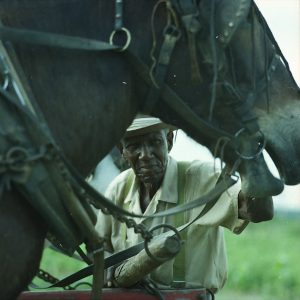 "Rufus Laine" by Tom McDonald
"Rufus Laine" by Tom McDonald
 "Sistine Hall Vatican Library" by Tom McDonald
"Sistine Hall Vatican Library" by Tom McDonald
 "Stephen Fullington" by Tom McDonald
"Stephen Fullington" by Tom McDonald
 "Tabetha Osborn" by Tom McDonald
"Tabetha Osborn" by Tom McDonald
 Tom McDonald
Tom McDonald
McGehee National Guard Armory
 McGehee Water Tower
McGehee Water Tower
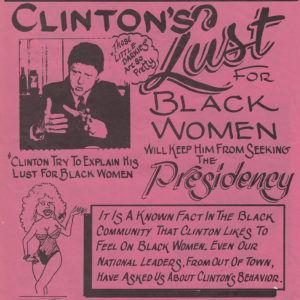 "Say" McIntosh Flyer
"Say" McIntosh Flyer
McLean v. Arkansas Board of Education
 McMath Postcard
McMath Postcard
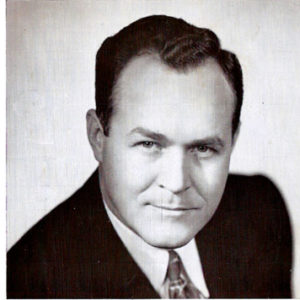 Sid McMath Campaign Flyer
Sid McMath Campaign Flyer
McNeely Creek Bridge
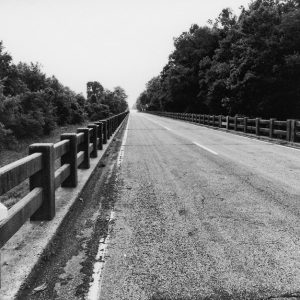 McNeely Creek Bridge
McNeely Creek Bridge
 McNeely Creek Bridge
McNeely Creek Bridge
 McNeely Creek Bridge
McNeely Creek Bridge
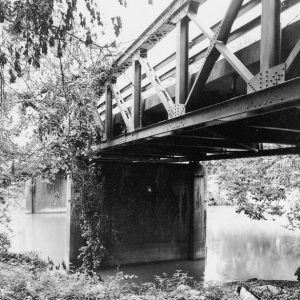 McNeely Creek Bridge
McNeely Creek Bridge
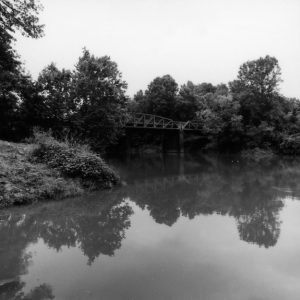 McNeely Creek Bridge
McNeely Creek Bridge
McRae Jail
McVicar House
Measles
 Measles Rash
Measles Rash
 Measles Virus
Measles Virus
 Medical Arts Building
Medical Arts Building
Medical Malpractice
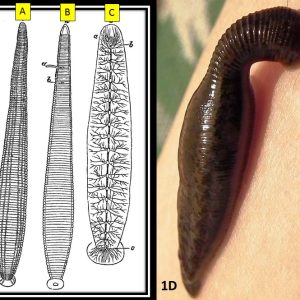 Medicinal Leech
Medicinal Leech
 Meg-O-Harp
Meg-O-Harp
 Megaloptera in Larval Stage
Megaloptera in Larval Stage
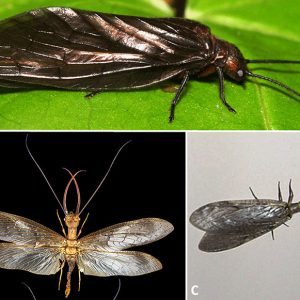 Megaloptera
Megaloptera
Megaloptera
aka: Alderflies
aka: Dobsonflies
aka: Fishflies
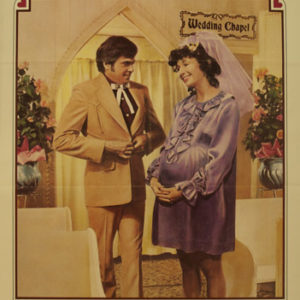 Melvin and Howard
Melvin and Howard
Memorial Field Airport
Memorial to Company A, Capital Guards
aka: Lest We Forget
Memphis and Little Rock Railroad (M&LR)
 Memphis-Arkansas Bridge
Memphis-Arkansas Bridge




